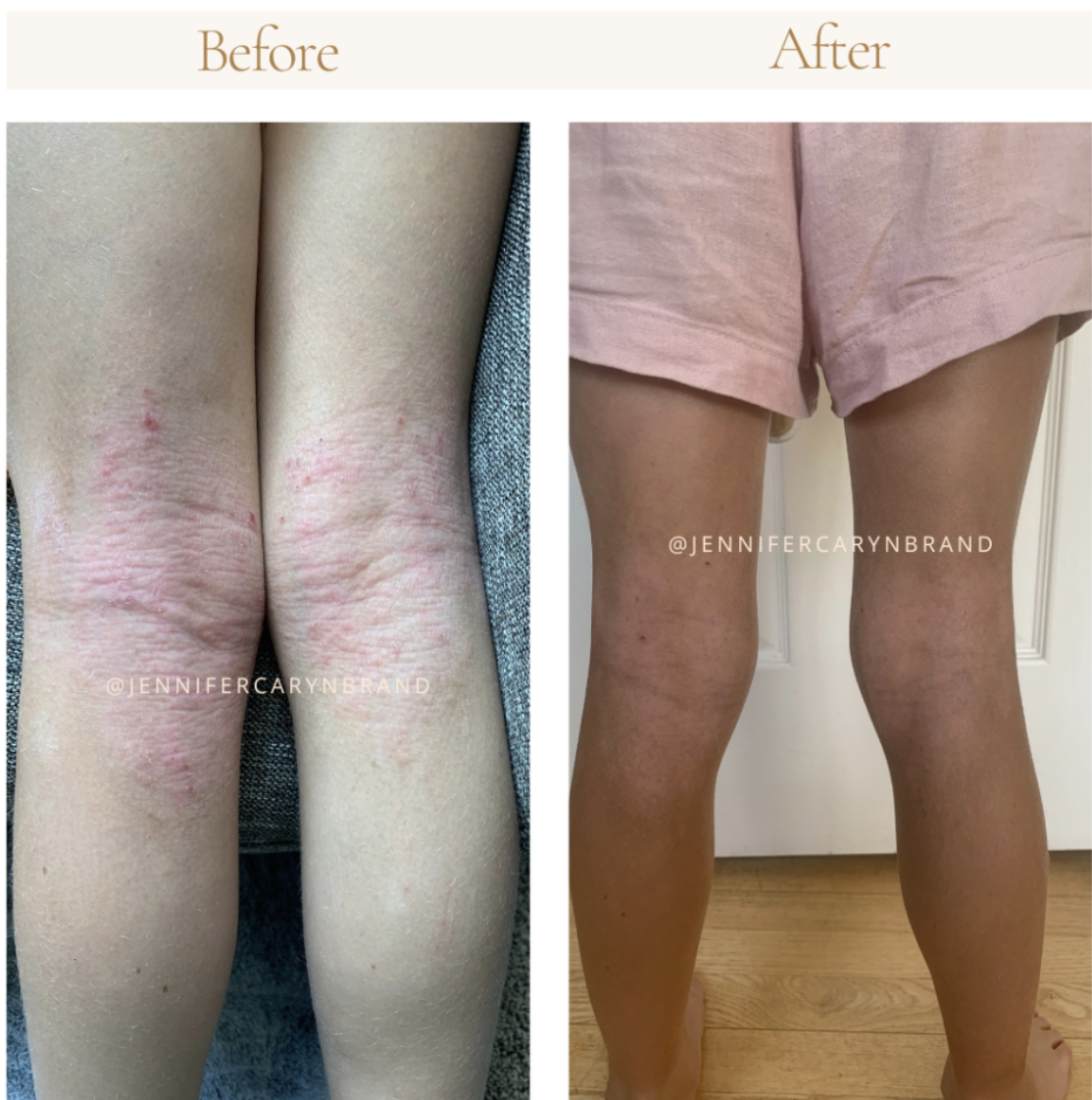Could Mold Be Triggering Your Child’s Skin Issues?
If your child is struggling with mysterious rashes (or even persistent gut problems), it might be time to look beyond diet, skincare, and lifestyle changes. One often-overlooked culprit? Mold exposure.
Mold, a type of fungi, can release spores and mycotoxins into the environment that may affect health in unexpected ways, including skin (and gut) symptoms. Let’s explore the connection and what you can do about it.
How Mold Exposure Affects Skin and Gut Health
Mold exposure can lead to health issues in two primary ways:
Mold Allergy: This happens when the immune system overreacts to mold spores, triggering allergic reactions. Common symptoms include sneezing, runny nose, and itchy skin.
Mold Illness: Prolonged exposure to mold in water-damaged buildings can lead to chronic inflammation or systemic issues, sometimes referred to as Chronic Inflammatory Response Syndrome (CIRS). Mold toxins can disrupt the gut microbiome, aggravate inflammation, and contribute to skin issues like eczema and other rashes.
Signs Mold Could Be Impacting Your Family
Not sure if mold is a factor? Here are some symptoms to look out for:
Persistent, unexplained rashes
Increased skin sensitivity or itchiness
Gastrointestinal issues like bloating or irregular bowel movements
Fatigue or brain fog
Worsening seasonal allergies
Additionally, mold often hides in unexpected places like air conditioning units, behind walls, or in basements. Regular home inspections, especially in humid or water-damaged environments, are crucial.
Steps to Take If Mold Might Be Affecting Your Family
Assess Your Environment: Check for water damage, leaks, or musty smells in your home. Professional mold inspectors can help detect hidden mold.
Reduce Exposure: If mold is present, removal is essential. Work with professionals to remediate the affected areas safely.
Support Your Child’s Health: If mold exposure is suspected, focus on supporting their detox pathways and immune system. Nutrients like vitamin C, glutathione, and omega-3 fatty acids can help mitigate inflammation.
Consult a Specialist: Get professional help to create a personalized plan for your child.
Scientific Evidence on Mold’s Impact on Health
A 2016 study highlighted how mold exposure in water-damaged buildings can disrupt immune function, leading to inflammatory conditions and skin issues like eczema or psoriasis
Research from 2020 emphasized the connection between environmental toxins like mycotoxins and gut dysbiosis.
Mold has also been associated with respiratory, allergic, and systemic inflammatory conditions, as documented in a comprehensive review in the Journal of Allergy and Clinical Immunology .
Summary
Understanding the connection between mold exposure and chronic health issues is an important step in addressing your child’s skin (and gut) concerns. By identifying and removing damaging environmental triggers like mold, you can help support your child’s overall health and wellbeing.
Have questions or need support? I’d love to hear from you! Share your thoughts in the comments or reach out directly.
References
PMCID: PMC3654247
PMID: 19854820
PMCID: PMC3114807



